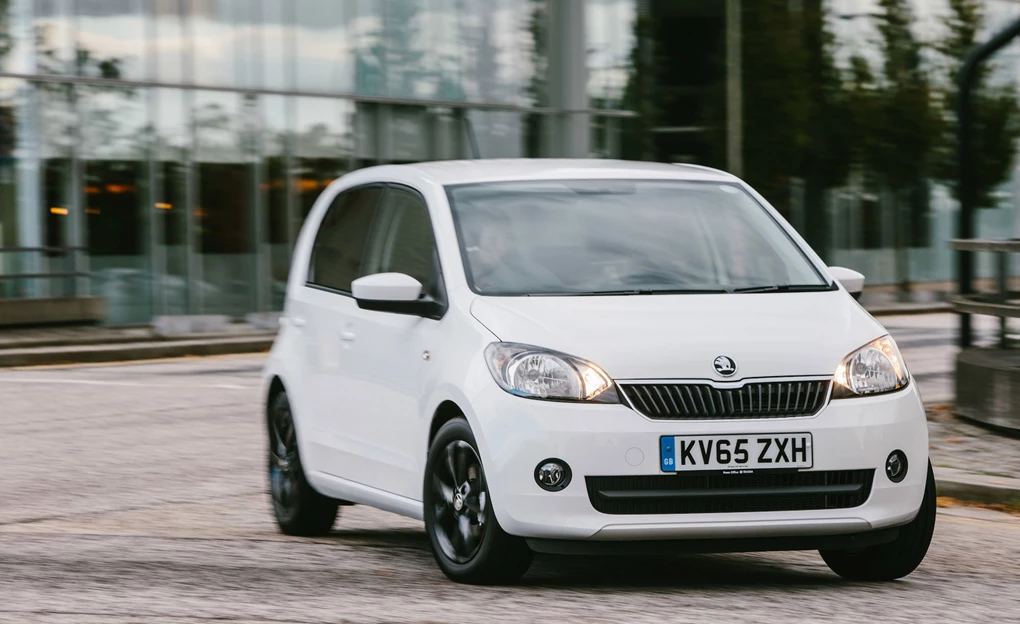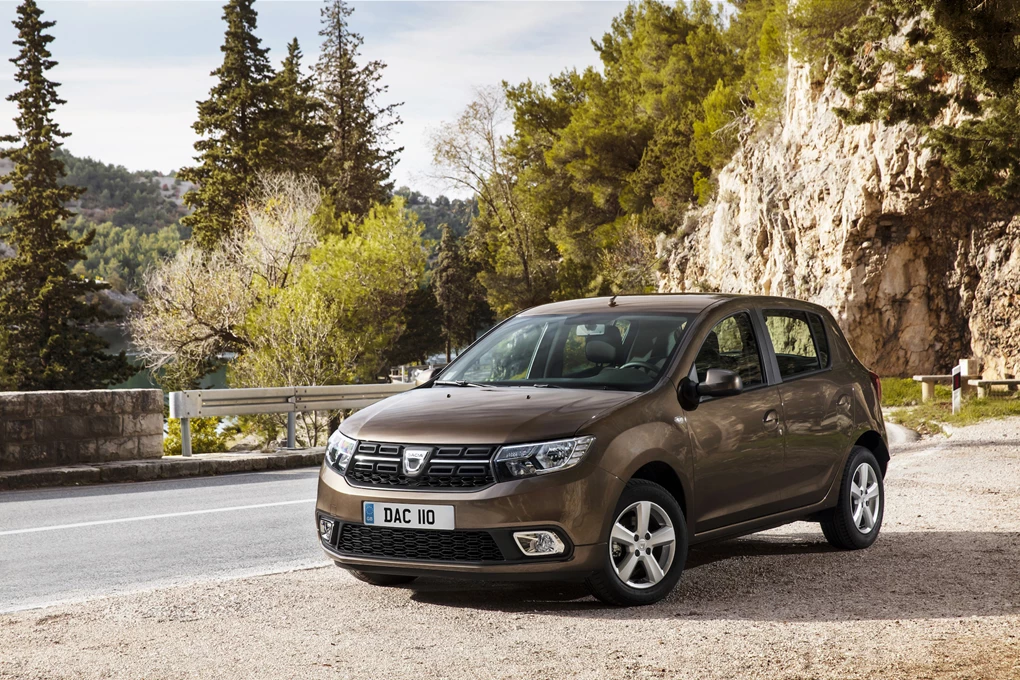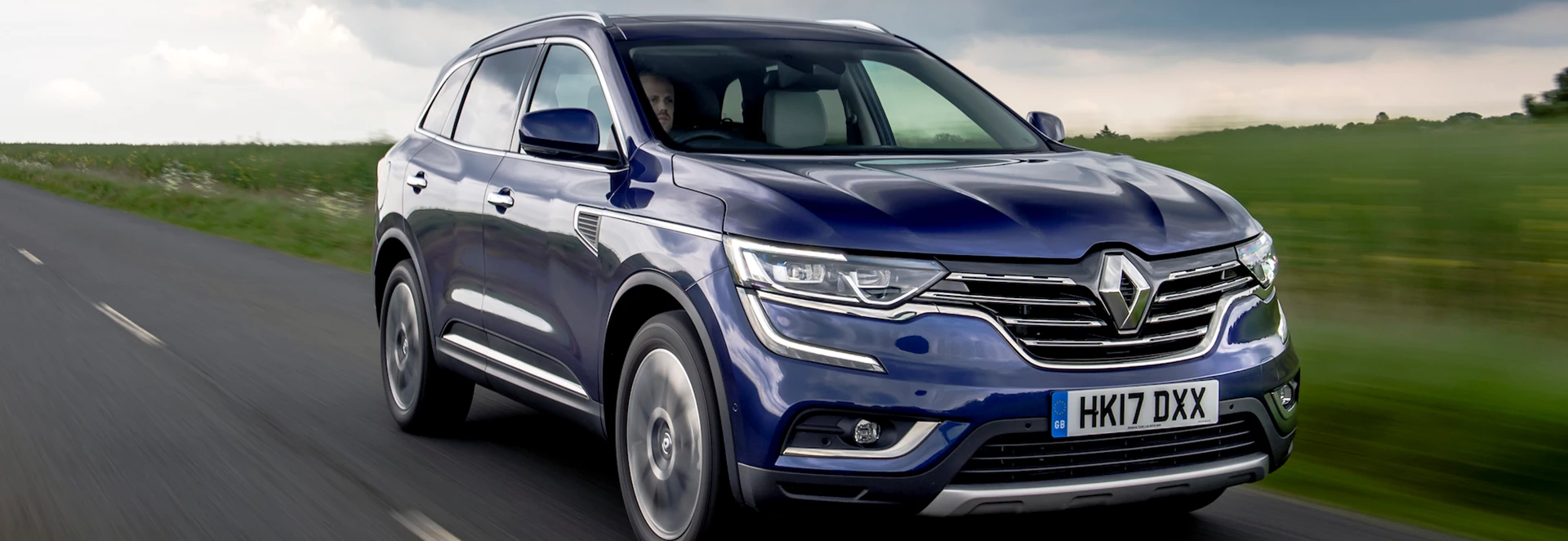More than 80 per cent of all privately bought cars today are acquired on PCPs, or Personal Contract Purchases, to give them their full name.
They work in a similar way to a traditional Hire Purchase, but rather than pay off the finance on the entire car over the life of the agreement, you instead just pay off the projected depreciation, and are left with a one-off payment at the end of the PCP period, be that three, four or five years. Often referred to as the ‘balloon payment’, the only way to keep the car when the agreement ceases is to pay off the balance and become its owner outright.
The advantage to a PCP is that the monthly payments are lower than a Hire Purchase, as you’re effectively financing a smaller amount. Dealers love them, as very few customers are able to pay off the final large instalment, meaning it’s much easier to sell them a PCP on a new car.
However, here are the four options open to you when your PCP reaches the end of its term…

Pay off the finance and keep the car
If you’ve got the cash, then you can simply send the balance of the agreed loan off to the finance company and the car is yours, with not a penny more to pay. However, very few people who have financed a car in the first place have such large sums of money lying around, and as a result this is often the least practical option.
However, if you want to keep your car then it’s worth looking into a bank loan to settle the balance – it may be cheaper in the long run as the car becomes your asset, and there are some good low interest loan deals around at the moment. It’s certainly worth considering if you want to get out of the PCP deal
You hand the car back and walk away
PCPs are worked out on the car’s projected future value. If this is the scheme your PCP is under, then the car will have been sold with a ‘Minimum Guaranteed Future Value’, or MGFV.
In essence, this means you can simply hand the keys over to the finance company and walk away, having paid for the car over the period you’ve owned it, with no more to pay.
But there are downsides. The MGFV is based on presumptions about the car’s return mileage and overall condition. If you go over the mileage, you’ll be asked to pay an excess amount to compensate the finance company for the assumed reduction in the car’s value.
Likewise, while there are some allowances for wear and tear, the car will be subject to a condition report when it comes back. Any visible damage to the bodywork will need to be rectified or you’ll be penalised, the tyres must have 4mm or more of tread and the service history must be full up-to-date. You could also be penalised if there is damage to the car’s interior, or if it smells of cigarette smoke.

You hand back the car and replace it with another from the same manufacturer
This is the most common way of handing back a PCP vehicle, and one of the reasons why dealers love them. If you’re buying another car from the same dealer and/or manufacturer as last time, then the finance company (especially if it’s an in-house one) is likely to take a more sympathetic view on wear and tear and excess mileage, for the very simple reason that they want to retain your custom.
If you like the brand and have had a good experience with the car, then you’re less likely to change, so everyone’s a winner – but it does put you back where you were, with a new PCP and another balloon payment to worry about three years down the line…
You trade the car in at a different dealership, which settles the finance
If you want to change cars, then most rival brands will settle the finance for you and will be happy to do so for a ‘conquest sale’. However, the MGFV may no longer apply, and if the car is in negative equity you may need to settle the difference, or add the amount to your new car loan.
It’s often easier to stay with the same brand, but if a dealer really wants your custom then they’ll make the process easier for you. Plus, if you like cars, then you’ll probably fancy a change.
Get a quote on your new car today



